Before the advent of social media, the backstage area of a fashion show was a relatively private space. “It was inclusive, but exclusively so,” says photographer David K. Shields, who spent six seasons shooting models and designers enjoying downtime at the beginning of the millennium. “No one other than accredited photographers was permitted. We had to be trustworthy enough to ensure the designs were not released until the collections were.” Next month an exhibition of his backstage images will open in Auckland, followed by a show in Wellington with auction house Webb’s.
Self-taught, the photographer grew up in the New Zealand countryside — “everybody liked Led Zeppelin, I liked David Bowie” — before moving to Sydney, where he trained as a hairdresser. “The salon I worked at did Baz Luhrmann’s first movie, Strictly Ballroom.” Interested in painting and drawing, he was encouraged to explore makeup, which is how he first became privy to the fashion industry’s tight circles, working as an MUA in Moscow and Hong Kong before joining an agency in Germany and later Milan.
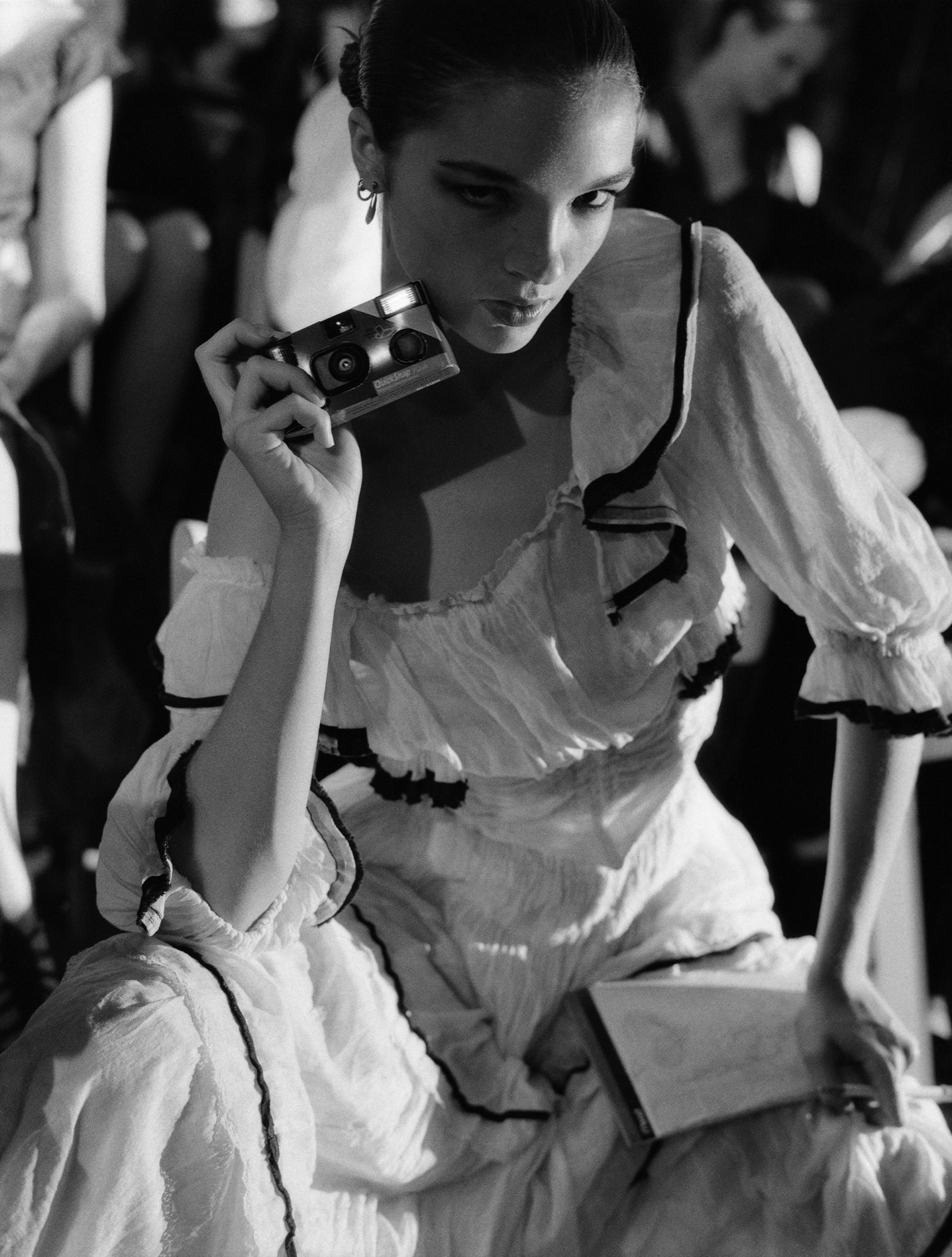
His transition to photography was born out of an interest in studying people. “I’d keep finding people on the streets to shoot, and a friend was like, ‘take the camera, you’ve got too much to say’. It just started from there,” he says. “I was lucky; I started taking pictures of models at agencies, they all wanted to use the photos, and so I kept going.” A test shoot with model Scott Barnhill introduced him to the late Richard Buckley, then editor-in-chief of Vogue Hommes, which subsequently secured his access at the shows.
“When I started, everybody was so supportive. Many of my friends were photographers, and you’d be excited for someone because they had their own vision of what they were doing,” he says. “Every six months, all your friends [models and designers] came back together again in four locations. I’d go backstage, sit on the floor with Paul Smith and have a sandwich, all these different sorts of things.” The friendships he forged in the industry would provide the foundations for much of his early work, engineering a warmth and trust that meant people felt comfortable in front of his lens. “There was a comfort zone. The designers were (mostly) at ease, as we were all very respectful, and again the trust you were given was earned, and with that came the freedom to capture their efforts in your own way,” he says.

“I have always thought, ‘if you feel good, you’ll look good’, and I approached the capture of each moment in that way,” he continues. Featuring a pre-Hollywood Channing Tatum in playful mood, Mariacarla Boscono with a disposable camera and Vivienne Westwood pulling a comb from her bag — Hedi Slimane, the stylist Charlotte Stockdale, and Serena and Venus Williams, too — David’s images reflect this sensibility. “The fact few photographers were allowed into the space meant it was easy to navigate, and the relationships with the models known to us meant the newer ones reacted similarly. The energy between people was a lot more real. You got the character and personality that was there, not because someone was running around going, ‘Can you tag me on Instagram?’.”
Shooting in black-and-white — the monochrome aesthetic best suited the mood, says David, adding a cinematic quality that balanced the harsh lighting of backstage and gave him better control over the final images — his process was a largely physical operation. “Everything came back on proof sheets in those days, and I’d just sit in our little apartment and cut the ones out that I liked. Stick them on a page, send it all to Paris and organise it through there,” he says. “The funny thing is now, a lot of the kids are starting to shoot film again.”

At the time, however, as digital photography began to permeate the wider industry and the number of photographers backstage grew, effectively changing the pace and making genuinely unique images harder to come by, David moved into editorial. Twenty years later, with boxes of negatives and filing cabinets full of hard drives, he began to examine his vast archive and started considering a show — subsequently postponed because of the pandemic.
“There are so many stories…” he says. “The friendships formed meant many of the narratives have continued, some till this day. You can see it in the pictures, the energy. Because it was men’s shows, too, it was quite compact. It was young, sort of funky — it had gone beyond that macho thing — there was a lot of personality. We were freer to have fun and enjoy the times and excess, without having to worry that something we did was recorded and could be used as content.”

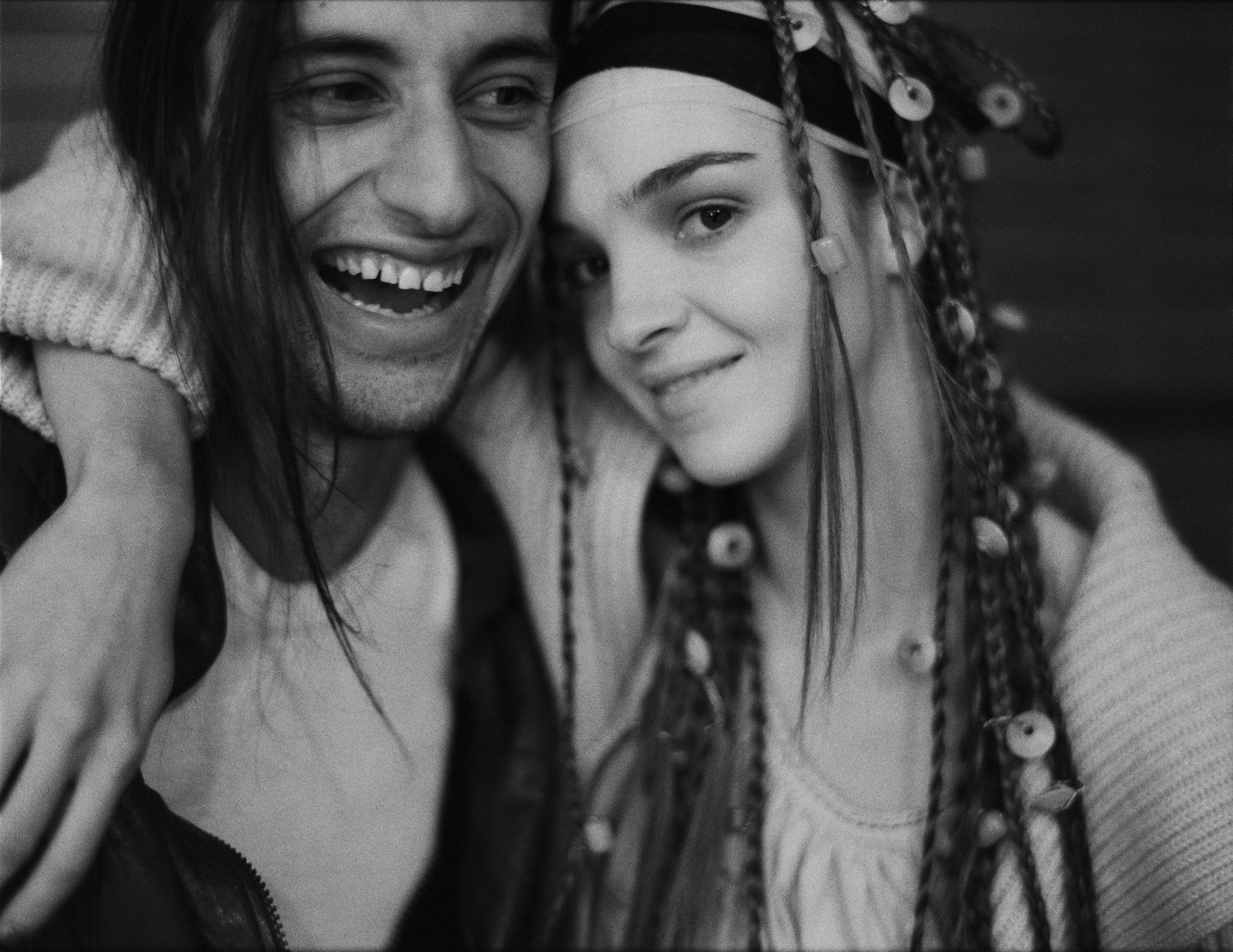

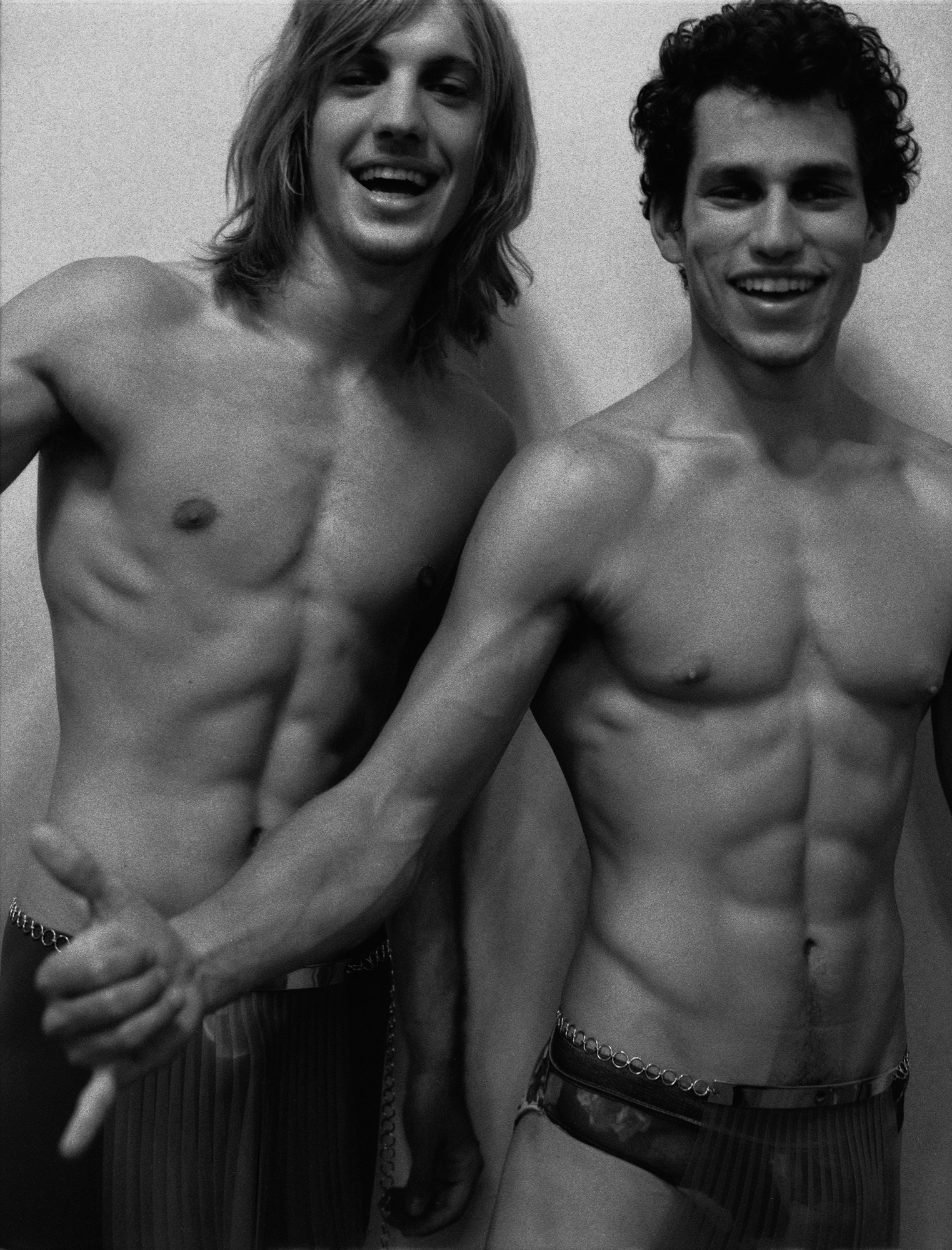
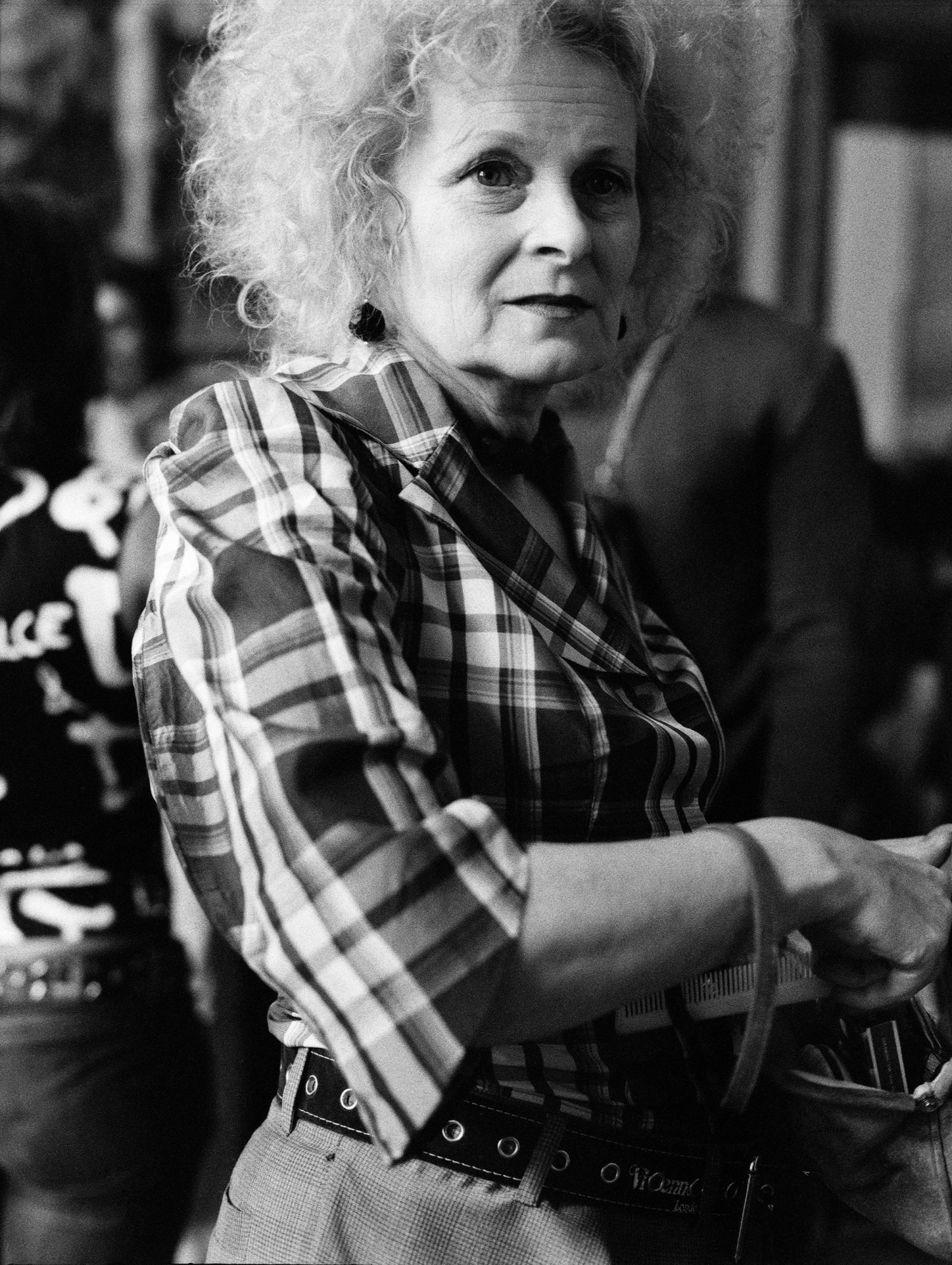
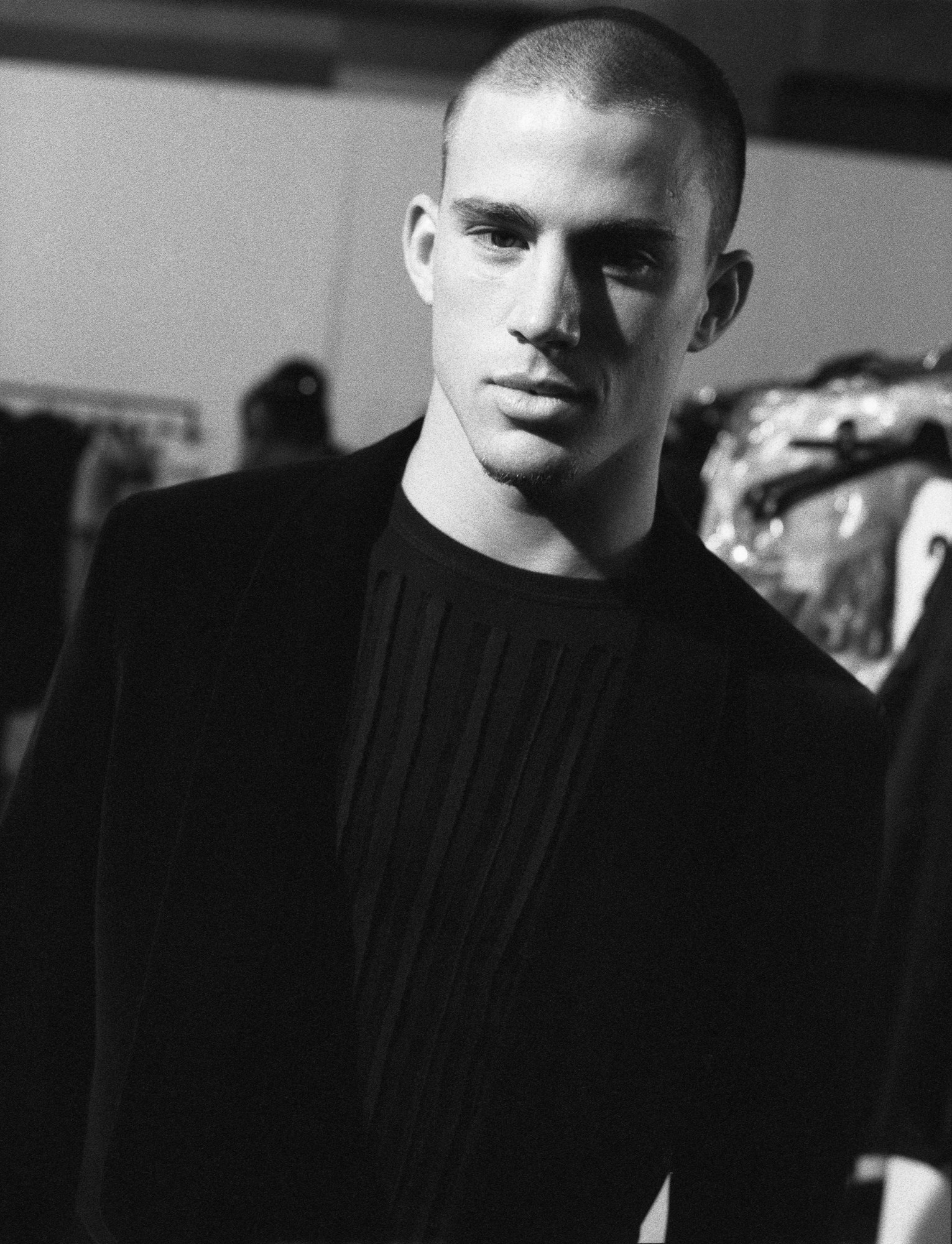
Credits
All images courtesy David K. Shields
